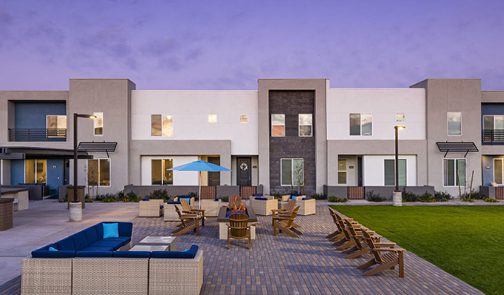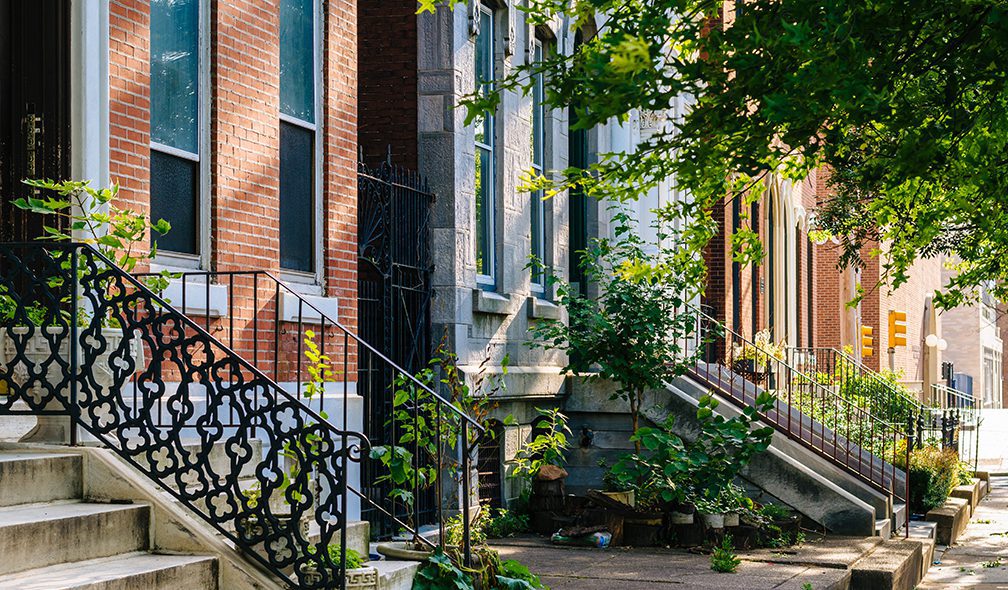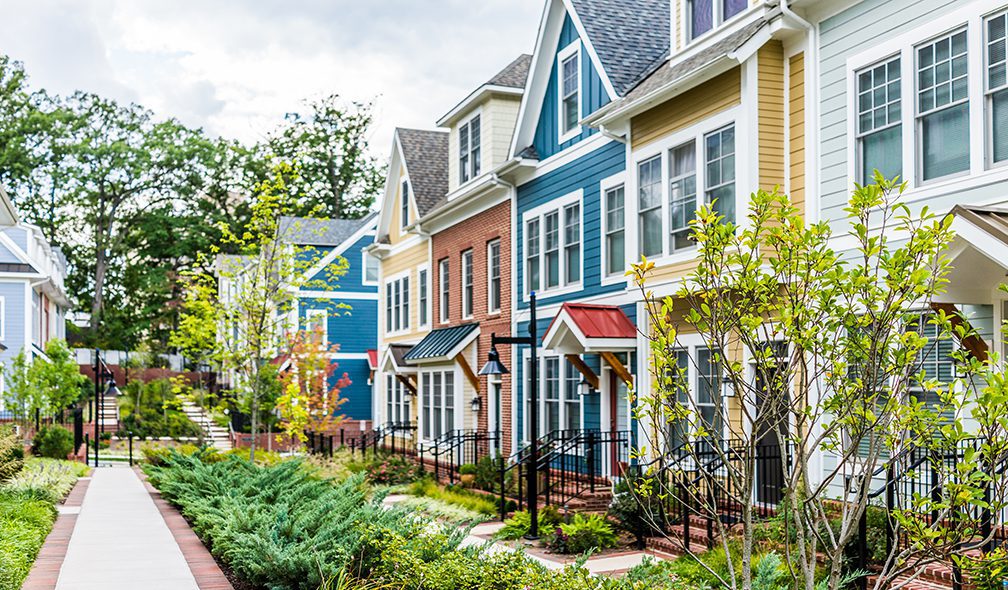Growing Demand for Build-to-Rent Single Family Homes

Based on current trends, RCLCO believes the single-family rental market will likely be undersupplied over the next 10 years, despite the increased attention the segment is currently receiving. Of course, that could change if the number of units being produced increases dramatically, or if the COVID—19 recession leads to more substantial foreclosures pushing more units into rental inventory, but that is not the trend to date. Currently, approximately 6% of new single-family homes are purpose-built for-rent, which would result in approximately 700,000 new units over the next 10 years. Given demographic trends RCLCO forecasts much greater demand than the current pace of production, which could result in a significant supply shortfall, suggesting the sector presents a strong market opportunity in the coming decade.
Since the recovery from the Great Recession the single-family rental market has evolved from individual units owned and rented out by small investors, to large investors acquiring significant portfolios of scattered units, to building new units specifically for rent, creating entire communities of single-family rentals with professional management. Build-to-rent homes are not a single product, for while they include suburban style single-family homes, they also include single story detached apartment style units, or horizontal apartments, small lot single-family homes, and even duplexes and row homes.
Following the Great Recession, the share of single-family rental homes expanded substantially as a result of excesses in the for-sale market, and several million additional households became single-family renters, moving into the large vacant stock of newly foreclosed single-family homes. Many of those vacant units were purchased by private-equity groups and other investors, helping to stabilize the housing market. Institutional investors had entered a market previously dominated by small mom and pop investors and found it to be an attractive and growing market. Once the supply of excess housing inventory had largely been absorbed, industry participants began looking at other options, including continuing to buy resale homes, and more recently focusing on building new units for rent. According to the 2018 American Community Survey there were 12 million detached one unit rentals in the U.S., representing 27%[1] of total occupied rental housing in the U.S.

Source; 2018 American Community Survey (Table S2504); RCLCO
While large institutional investors still own only a small percentage of the single-family rental market, the number of institutional investors considering and/or actively moving into the space is growing. Tricon Residential (formerly Tricon Capital Group) was an early investor in single-family rental homes, and two years ago, established a joint venture with two global institutional investors to acquire an additional 10,000 to 12,000 single-family rental homes, which they find attractive due to the recurring cash flows and future appreciation. In addition to acquiring homes from the resale market (they’re still actively buying resales) more recently Tricon has moved into the build-to-rent space by purchasing moderately-sized (typically 40’ wide to 50’ wide), single-family lots, often located within master-planned communities, and partnering with area builders to deliver rental homes, typically custom designed as a rental product. American Homes 4 Rent, another large institutional owner of single-family properties, has also moved into the build-to-rent space in recent years, purchasing lots from developers and partnering with builders for the vertical construction, much like Tricon.
Source: Screenshot of Tricon American webpage
Traditional single-family home rental communities may have their own amenities or have access to the broader for-sale community’s amenity package. Front yard maintenance is typically included in the rent, and the homes typically command a five to 20% (or more) premium on a rent per square foot basis over the non-professionally managed sector (homes rented out by mom and pops) of similarly sized homes of comparable quality given the level of maintenance and professional management received. These conventional detached single-family homes are typically sized between 1,400 and 2,200 square feet, much larger than the “horizontal apartments” product discussed below, which appeal more to non-family households than traditional detached single-family homes. The conventional single-family rentals achieve absolute rents well above apartments, though per square foot rents are lower.
The demand for new build-to-rent product is being driven by demographic shifts resulting in more households being in the stage of life where single-family housing better suits their needs, and the housing affordability challenges that are keeping many households, especially first timers, out of the for-sale market. Although some are forecasting home price declines as a result of the Covid-19 recession, the ratio of household incomes to median home prices over the past two years has been at record highs, continuing the decreasing affordability trend that only paused during the recovery. Given strong household growth and a lower than historical ratio of housing production to that growth, recessionary impacts to home prices are likely to be short-lived and a lasting return to general housing “affordability” is unlikely any time soon. In terms of new for-sale housing, the housing that is being built has focused more on the higher-end of the market, with less in the way of smaller and more affordably priced new homes. This has been due to higher costs for labor, land and materials, driving builders to build larger and more expensive homes. The end result is increased demand for more rental housing, and single-family homes for rent meet the needs of maturing renter households ready to move up from apartments but not ready or able to buy.
Of course it’s important to note that many households make a conscious decision to rent not simply because it is more affordable, but also because it provides them with more flexibility, i.e. not having to tie up a lot of savings in a property, as well as allowing them to rent in a more convenient location rather than purchasing an attainably priced product at the suburban or exurban fringe.
Projected Population by Age, 2020–2030
Source: United States Census Bureau; 2017 National Population Projections Tables; American Community Survey 1-Year Estimates
The greatest growth in population by age over the next ten years are people in their 30’s and 40’s, including the dominant Millennial cohort, currently ranging in age from about 24 to 39 years old. Over the last several years, older Millennial households transitioned into the life stage where moving out of apartments and into a single-family home has historically been a part of the American dream, albeit with homeownership attached. The homeownership rate of Millennial households is below that of Gen Xers and Baby Boomers at the same age, in part because they’ve saved less for a down-payment due to economic circumstances, student loans, and other debts. They are either entering their family formation years or a period of time where traditional apartment living has become less desirable, and the single-family housing lifestyle is appealing, but ownership attainability is at a low point. While many lack the resources to purchase, they are attracted to the lower density and private outdoor spaces that single-family rentals offer, but without the down payment and commitment of ownership.
Within the detached home build-to-rent space, the two ends of the spectrum are the traditional single-family homes for rent in platted subdivisions, developed at less than 10 units per acre, and the single story “horizontal apartment” complexes, typically comprised of 90 to 200 units or more and developed at over 10 units per acre on a single legal lot.
NexMetro, founded in 2012, builds their Avilla communities following the comparatively higher density horizontal apartment model. Their Avilla Homes neighborhoods feature single-level, detached homes for lease in a gated enclave. The one, two and three-bedroom floor plans feature private entrances, outdoor patios, and backyards. The interiors feature 10′ ceilings, granite/quartz countertops, and stainless-steel appliances. They are marketed as pet friendly communities, offering optional garages, community pools, and landscaped recreation areas that are “all maintained by a professional management company, without mortgage payments or HOA fees.” NexMetro launched their first Avilla project in Goodyear, Arizona, in 2015, and by July of 2019 had closed on their 30th project, with projects in Phoenix, Denver, Dallas, and Tampa.
Avilla Deer Valley Site Plan
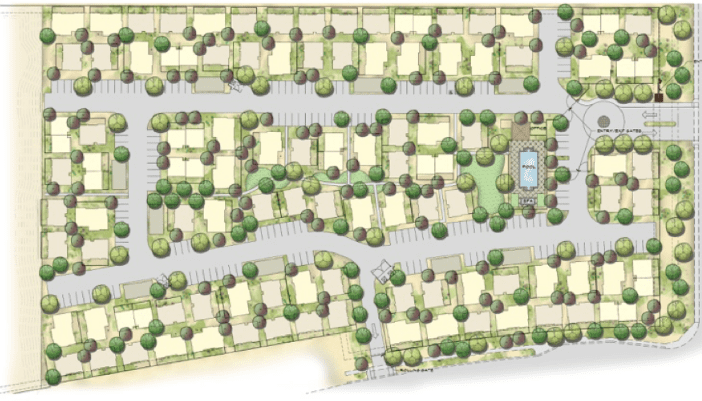
The opportunity to move into the single-family “horizontal apartment” space is attractive to multifamily developers; for example, Coastal Ridge Real Estate, a real estate firm with a background in traditional multifamily, student housing, and active adult rental communities, is currently in the pre-development stages for horizontal apartment projects in Austin, TX, Columbus, OH, and Sarasota, FL. Coastal Ridge is leveraging the scale of their in-house investment management, property management, and development groups to develop a horizontal apartment platform with an emphasis on luxury, with thoughtful community planning, architecturally pleasing exteriors, livable floor plans, and amenities comparable to class ‘A’ multifamily projects. Early projects located both adjacent to and within master planned communities are intended to provide their renters with the ease of apartment living along with the privacy and lifestyle of single-family homes. RCLCO’s recent consulting assignments for master planned communities have identified similar opportunities around the country.
Coastal Ridge’s developments offer one, two, and three-bedroom units, ranging in size from 700 sf to 1,300 sf. These sizes are similar to traditional apartments but provide a living experience similar to a single-family home. These communities offer onsite leasing and property management, a clubhouse, a fitness center, parks, and covered parking. Coastal Ridge utilizes residential construction methods that allow for phased delivery and leasing, which allows for cash flow generation during construction. The communities yield premium rents, estimated at a 10% to 15% over conventional 3-story walk-up apartments. This is a similar premium to what RCLCO research and analysis has determined for other horizontal apartment communities although premiums often vary by unit type, with the highest premiums for one-bedroom units, followed by two-bedroom units, and more modest premiums for three-bedroom units.
Coastal Ridge Real Estate Build-to-Rent Complex, Columbus, OH

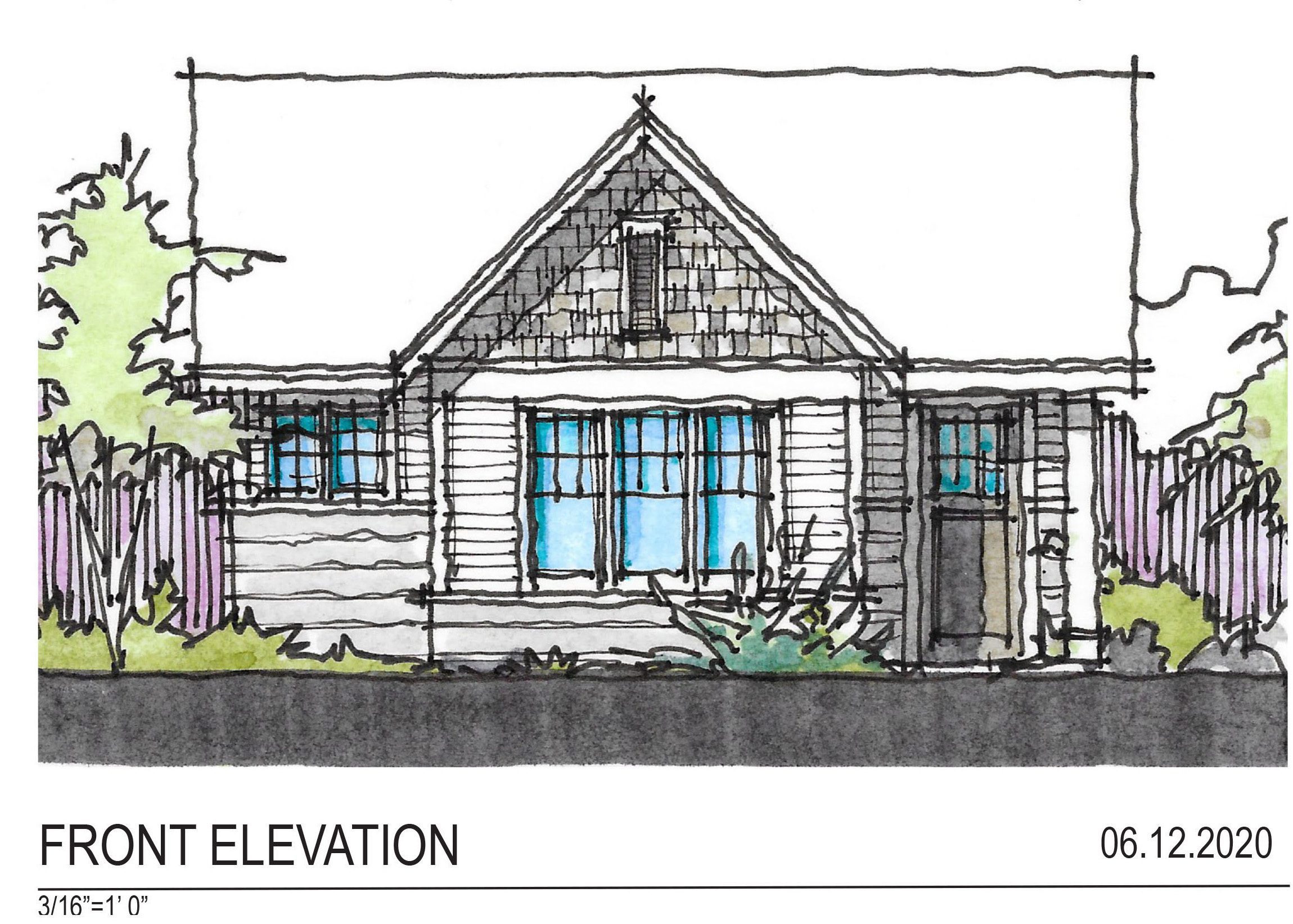
The horizontal apartment complexes typically target Millennial households and also capture some empty nesters, but don’t tend to attract as many families with children as the more traditional single-family rental homes.
As shown on the charts below, relative to typical multifamily apartment renters, single-family renters overall tend to be older and are more likely to include households with children.
Age Group
Source: American Community Survey, Census Bureau
Children Present
Source: American Community Survey, Census Bureau
Much of the focus of multifamily development over the past five years has been in high demand urban locations, attracting young professional singles and couples who appreciate the proximity to employment and urban amenities and entertainment such as restaurants and bars. Meanwhile single-family rentals, and build-to-rent product in general, is more focused on suburban locations where the larger sites required are available and priced at a level that is supportive of the lower density. Although Millennials comprise a larger share of households in urban places, the majority of Millennials live in the suburbs. The majority of jobs, and job growth, is concentrated in the suburbs. And many Millennials are reaching the age at which single-family living has historically been more preferred. There is speculation that the current Covid-19 health crisis will drive more Millennials to the suburbs due to anxiety about living in higher density places or relying on public transit, and the fact that many have grown accustomed to tele-working in any case, affording them the opportunity to rent in a lower cost area than close-in to the city. That said, we do expect suburban activity centers to make a come-back as the health crisis recedes given Millennials’ demonstrated preferences for locations with a sense of place and urban amenities, and expect proximity to these places to be important to single-family rentals in lieu of legacy urban downtowns. Suburban locations will continue to be successful, with the best sites in suburban areas with proximity to employment, shopping, and entertainment.
Given the anticipated undersupply of single-family rentals for the foreseeable future, this segment represents a strong opportunity for investors, builders and developers to create new rental home communities in a variety of formats, serving a growing market.
Article and research prepared by Gregg Logan, Managing Director, and Todd LaRue, Managing Director.
References
[1] 34% including attached one-unit rentals, which reflects the product included in some build-to-rent communities that include duplex units
Disclaimer: Reasonable efforts have been made to ensure that the data contained in this Advisory reflect accurate and timely information, and the data is believed to be reliable and comprehensive. The Advisory is based on estimates, assumptions, and other information developed by RCLCO from its independent research effort and general knowledge of the industry. This Advisory contains opinions that represent our view of reasonable expectations at this particular time, but our opinions are not offered as predictions or assurances that particular events will occur.
Related Articles
Speak to One of Our Real Estate Advisors Today
We take a strategic, data-driven approach to solving your real estate problems.
Contact Us


